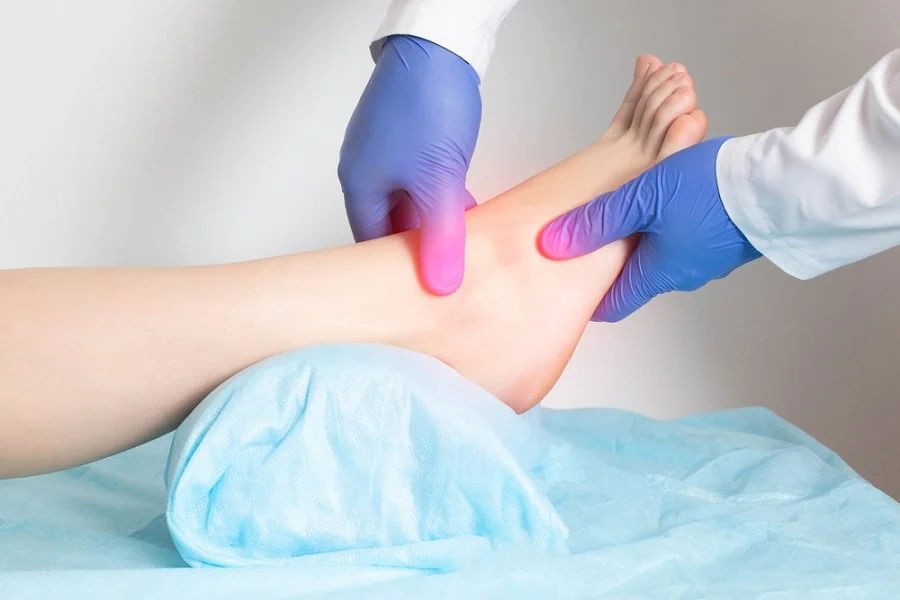
Flatfeet, commonly referred to as Pes Valgus or Pes Planus, is a condition with varying degrees of physical issues. If the condition is severe, there may be a minimal arch, and the arch may be touching the walking surface. The term pronation is often used to describe the motion of the foot rolling inward as the arch flattens with weight bearing. A flatfoot can be a congenitally acquired flatfoot from birth, or it can be an adult-acquired flatfoot. In children, it’s important to understand that a flatfoot is not normal, and assuming the child will grow out of it can lead to complications. In many situations, treatment may be needed to reduce the progression or correct the deformity. A foot specialist will be able to evaluate the child to see if, for their age group, the foot is normal. Ankle pain and swelling, as well as flat feet ankle pain, may also be associated with a flatfoot. In the adult population, hypertension may also be a cause of ankle swelling unrelated to flatfeet.
Causes of a Flat Foot
- Inherited
- Laxity of ligament
- Overweight
- Tight Achilles tendon
- Rheumatoid arthritis
Symptoms of Flat Feet Ankle Pain
Some may not have any symptoms associated with their flatfeet. This can be an issue in children and young adults because over time the condition may progress and cause symptoms at a later age. When symptoms are present, they can include pain in the arch or heel area. There may also be pain in the achilles tendon. In later years patients may have symptoms caused by overuse of a tendon called the posterior tibial tendon. This tendon is on the inside of the ankle joint area. Swelling around the ankle may also be present with this condition. If left untreated it can result in chronic tendonitis with the potential for the tendon to eventually rupture. This is commonly referred to as posterior tibial dysfunction. Over a lifetime the possibility of pain and swelling in the ankle can occur because of arthritis from the additional stress placed on the joint by the flat foot. Anti-inflammatories may help with this condition on a temporary basis. Because the foot is the foundation of the body the improper biomechanics of a flatfoot can have significant impact throughout the body. This can result in pain at the knees, hips and back and shin splints in the leg.
Treatments- What you can do
- Stretching – If the flatfoot is related to a tight Achilles tendon stretching exercises that focus on this may be helpful.
- Shoegear -Be sure to wear more supportive shoes. If you’re a runner or walker make sure to ask for a shoe that has more motion control.
- Foot exercises – There is some resent evidence that foot exercises may be useful. https://pubmed.ncbi.nlm.nih.gov/31590069/
- Lose weight – Losing weight is obviously helpful but for most it is not the primary cause of the flatfoot.
- Medication – treatment may include medication for hypertension or anti-inflammatories for arthritis.
What the foot specialist can do?
- Orthotics’ For many the use of custom-made orthotics is a vital part of the treatment. In children they are used to slow down the progression of the flatfoot and in adults when symptoms related to flatfeet occur, they are a common recommendation.
- Physical therapy – may be helpful if symptoms arise from the flatfoot
- Surgery – This could include surgery to correct the flatfoot in the adult or pediatric foot. Also surgery to repair tendons that have been damaged from many years of overuse because of the additional stress from the flatfoot.
- Ankle scope surgery – Small incision may be made to then perform a minimally invasive procedure to clean out the inflamed and damaged ankle joint resulting from the trauma brought on by the flatfoot.
- Restorative medicine – in recent years this has been a common minimally invasive procedure to avoid surgery on damaged joints such as the ankle joint or to repair tendons that normally would have required surgery.
If you think you have flatfeet or your child, does early intervention is important. It’s very important for children and young people to get the opinion of a foot specialist. Avoiding treatment in the formative years may result in more severe issues with your knee, hip, back, or foot problems in the adult. And don’t forget if your ankles are painful and swollen, it may be from your flatfeet.

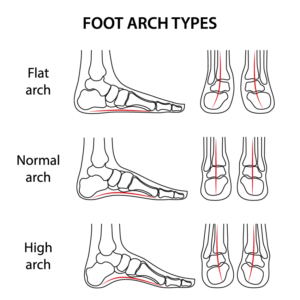
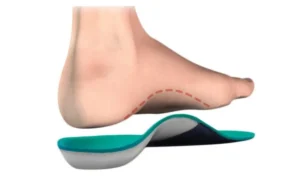
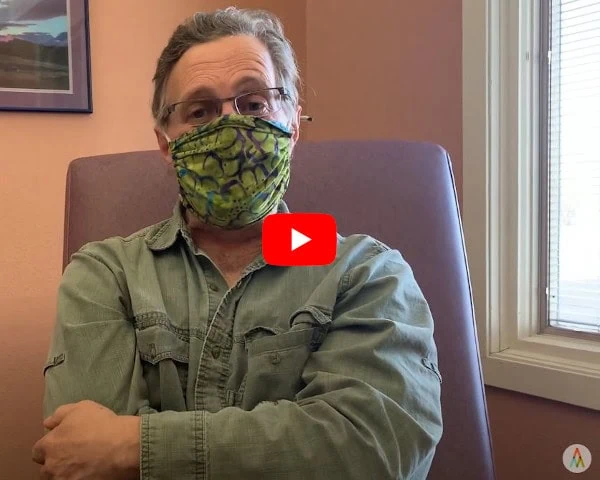







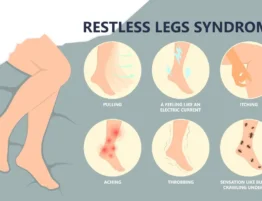
Write a comment: